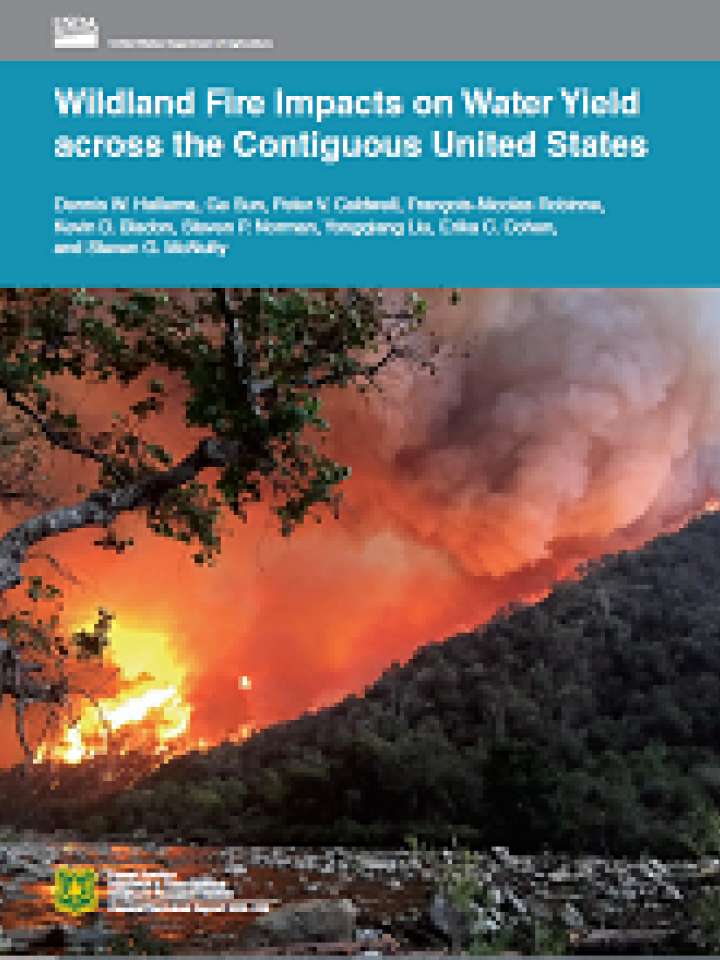Wildland fire impacts on water yield across the contiguous United States
This report, presents critical new information for the National Cohesive Wildland Fire Management Strategy---a first-time assessment of observed and potential wildland fire impacts on surface water yield. Wildland fires in the contiguous United States have increased in size and severity, but much remains unclear about the impact of fire size and burn severity on water supplies used for drinking, irrigation, industry, and hydropower. While some have investigated large-scale fire patterns, long-term effects on runoff, and the simultaneous effect of fire and climate trends on surface water yield, no studies account for all these factors and their interactions at the same time.
Data from 168 fire-affected locations was analyzed and collected between 1984 and 2013, with machine learning and used climate elasticity models to correct for the local climate baseline impact. Stream gage data show that annual river flow increased most in the Lower Mississippi and Lower and Upper Colorado water resource regions, however they do not show which portion of this increase is caused by fire and which portion results from local climate trends.
The machine learning model identified local climate trends as the main driver of water yield change and determined wildland fires must affect at least 19 percent of a watershed >10 km2 to change its annual water yield. A closer look at 32 locations with fires covering at least 19 percent of a watershed >10 km2 revealed that wildfire generally enhanced annual river flow.
The insights gained from this quantitative analysis have major implications for flood mitigation and watershed restoration, and are vital to forest management policies aimed at reducing fire impact risk and improving water supply under a changing climate.
Explore further
